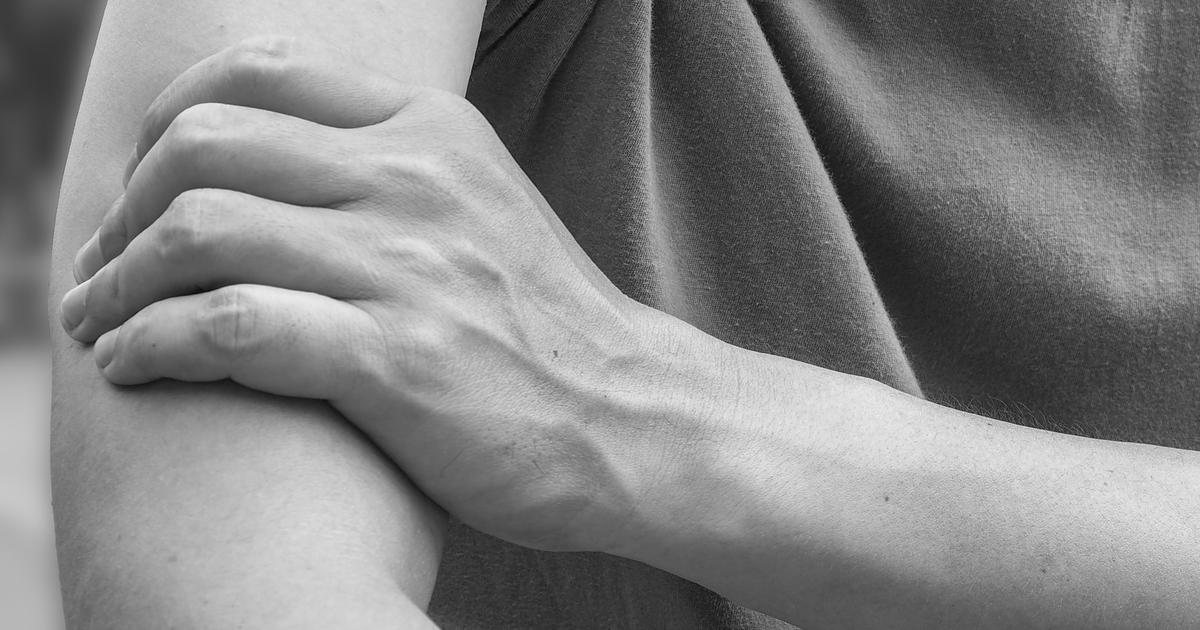Guide To The Symptoms Of Rhabdomyolysis
Red Or Brown Urine
Strangely-colored urine can be caused by several different factors. It can be the sign of an underlying disease or problems with kidney function, but vividly-colored urine can also be caused by certain medications and foods as well. Normal urine ranges from dark amber to pale yellow. Amber urine typically isn't cause for concern, but is a sign the individual should drink more water. Deep red and brown urine can also sometimes be caused by porphyria, which is a rare inherited red blood cell disorder.
Patients should see a doctor if their urine contains visible blood. In addition to rhabdomyolysis, bloody urine can be a sign of kidney stones or urinary tract infections. If individuals are experiencing painless bleeding, the cause may be more serious. Dark urine can also be a sign indicating the liver isn't functioning properly. When it's related to the liver, the dark urine is often accompanied by jaundice.
Discover additional rhabdomyolysis symptoms now.
Muscle Weakness

In addition to muscle pain and urination-related symptoms, the third most characteristic symptom of rhabdomyolysis is muscle weakness, though the muscles involved vary widely. Patients may find they have trouble moving their legs or arms. The muscle weakness may come on suddenly or progress slowly over time. Muscle weakness is a condition that occurs when normal effort doesn't produce normal muscle movements. Short-term muscle weakness occurs to almost everyone at least once in their lives, so it's not always a sign of a serious underlying condition. Overtaxing the muscles or being ill can bring it on, though persistent or unexplained muscle weakness should be evaluated by a doctor. Muscle weakness occurs when the brain's signals don't cause the right thing to happen. This can be a sign of a muscular, nervous system, brain, or connective tissue disease. If individuals have unexplained muscle weakness in conjunction with other rhabdomyolysis symptoms, they should seek emergency medical treatment.
Keep reading to learn more about the major symptoms linked to rhabdomyolysis now.
